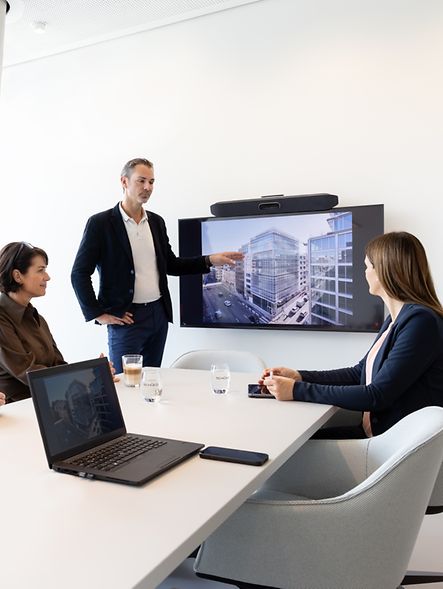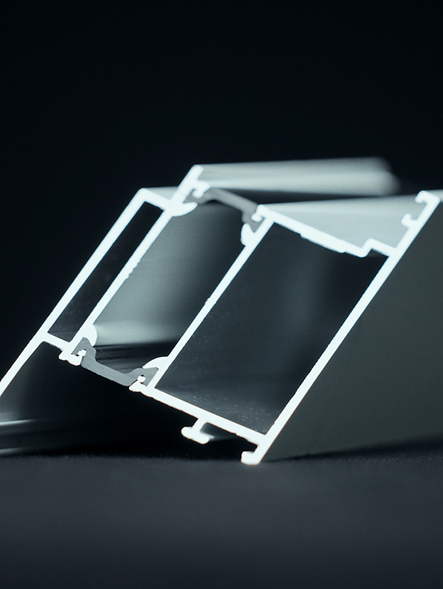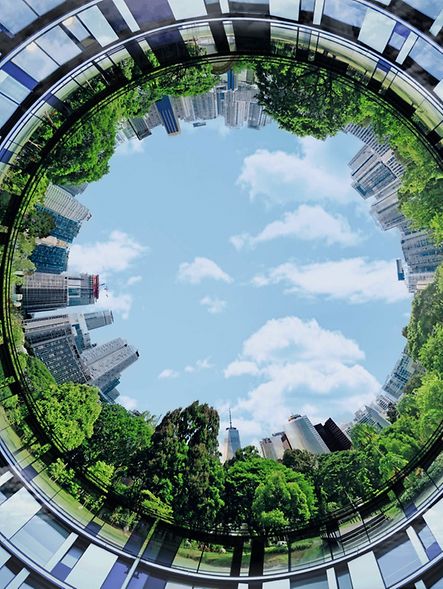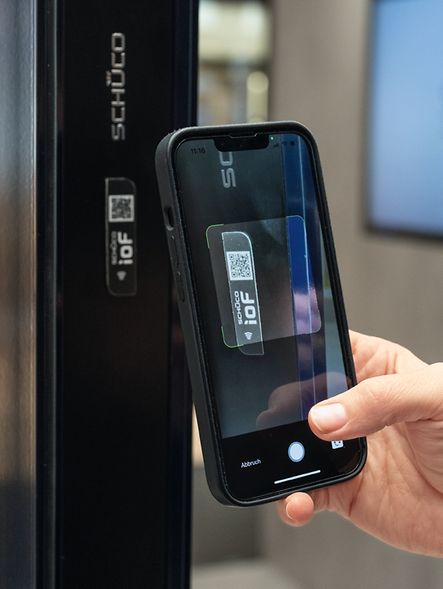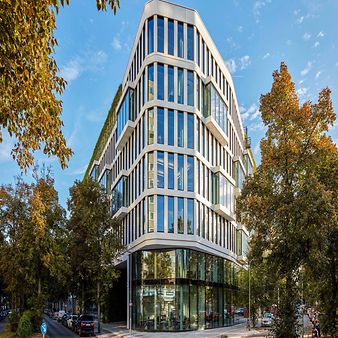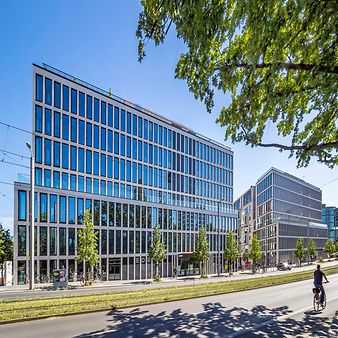
Low energy consumption and the corresponding reduced carbon emissions are first and foremost good for the environment. However, an improved carbon balance also offers advantages in terms of building efficiency, which is beneficial for all operators. Schüco Carbon Control enables buildings to be operated highly efficiently with minimal carbon emissions and to be easily maintained, which increases profitability, makes buildings fit for future climate policy changes, and ensures they retain their value in the long term.
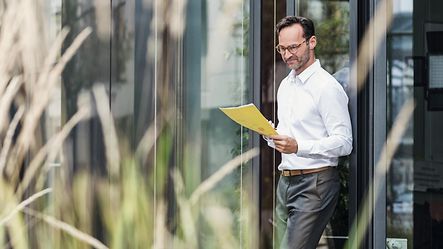
Operate to Decarb for sustainable building operation in the long term
CO₂ emissions have been taxed since 2021 and will be used in the assessment of buildings through their energy certificates in the future. This tightening of regulations for operators means that the cost-effectiveness of a building is now directly tied to the amount of carbon emitted during its operation.
"Operate to Decarb", our range of carbon-reducing products and services, allows operators to ensure that a building is run energy-efficiently in the long term by using smart systems and carrying out ongoing maintenance.
Why Schüco Carbon Control?
FAQ
How can I improve the energy efficiency of my building?
How can I improve the energy efficiency of my building?
Various options are available to help operators improve the energy efficiency of their buildings. Intelligent solutions for smart building control, automatic night-time cooling, resource-conserving heat recovery, effective sun shading and efficient thermal insulation help to control the amount of operational carbon and ensure cost-efficient operation.
What is an IoF ID?
What is an IoF ID?
The IoF (Internet of Façades) ID is a tag which digitalises all the units in a building envelope. All the relevant information on the installed unit can be read via the QR code or NFC chip, including details on the materials, systems or maintenance history. The data saved allows for resource-conserving operation and an increased system lifespan thanks to efficient maintenance work and product upgrades. Moreover, units are clearly documented for recycling at a later date and can be separated, sorted and fed back into the cycle.
Why is controlling carbon emissions so important?
Why is controlling carbon emissions so important?
The "European Green Deal" requires the reduction of greenhouse gas emissions by 55% by 2030 and climate neutrality by 2050. The EU requirement on carbon reduction applies to newbuilds built from 2027 with over 2000 m² of usable space and to all newbuilds from 2030.
What is Carbon Control?
What is Carbon Control?
Schüco Carbon Control makes it possible to control the decarbonisation of the building envelope. The modular construction principle allows for the project-specific minimisation of carbon emissions over the building's entire life cycle – from planning and construction through to operation and recycling.
